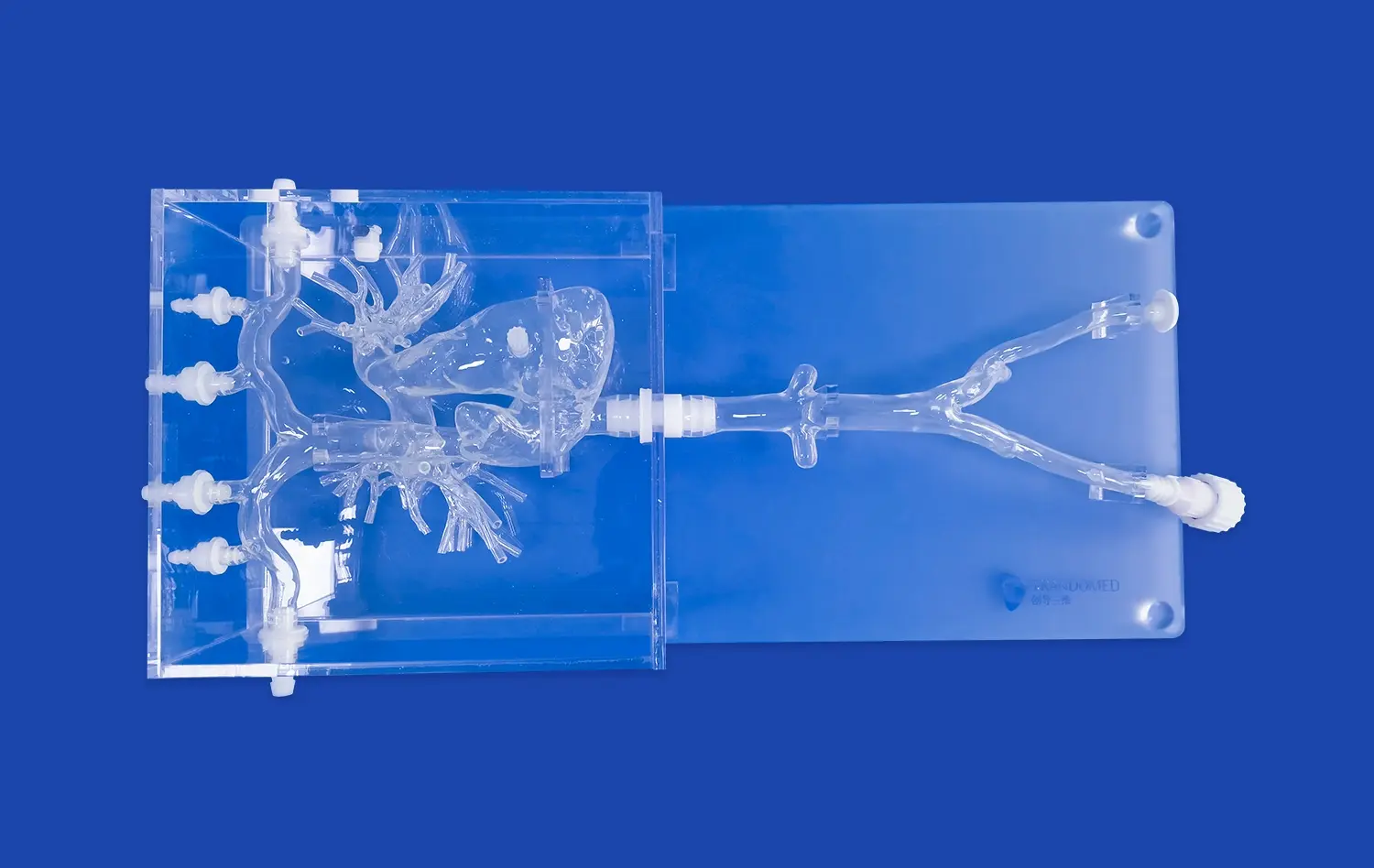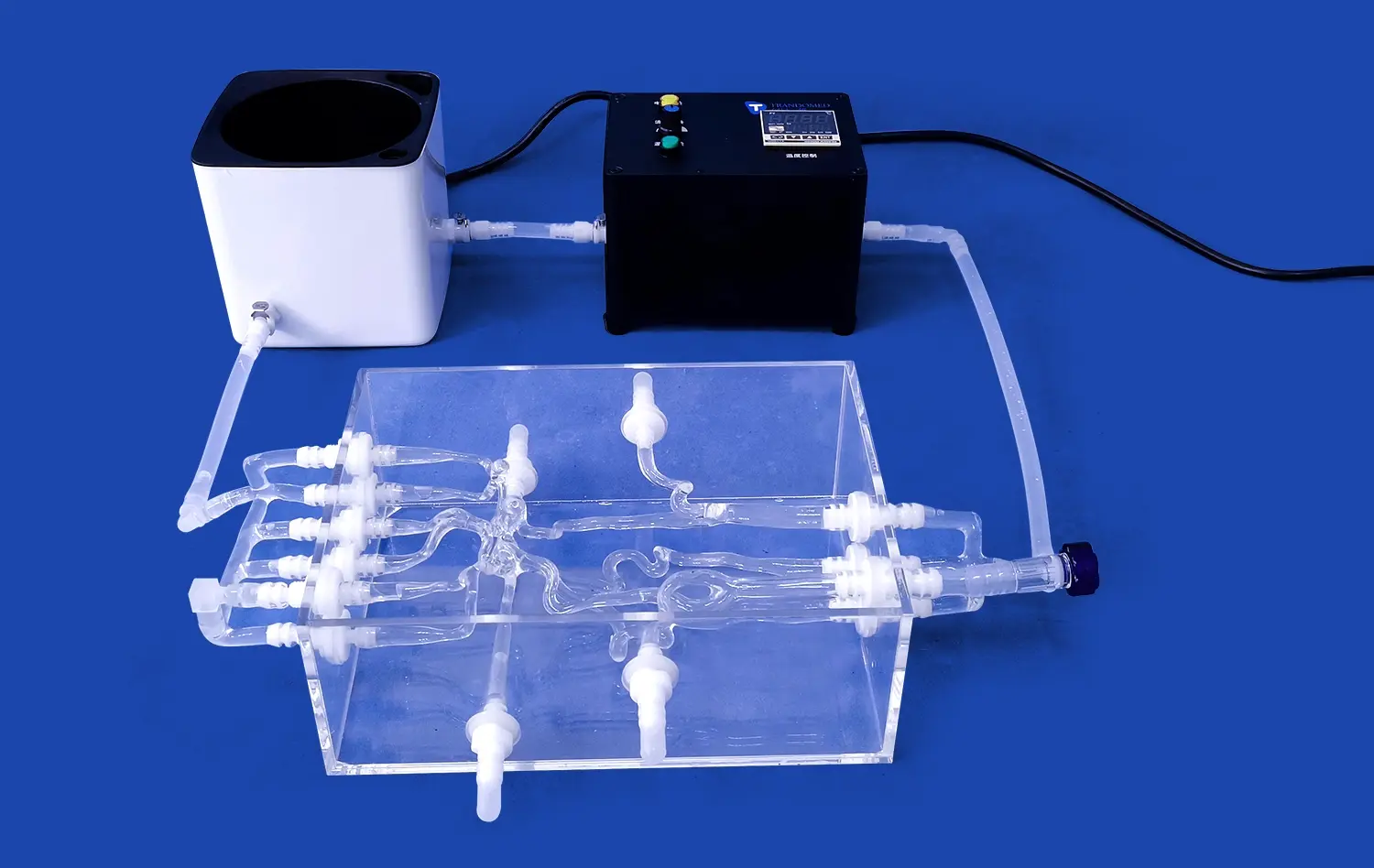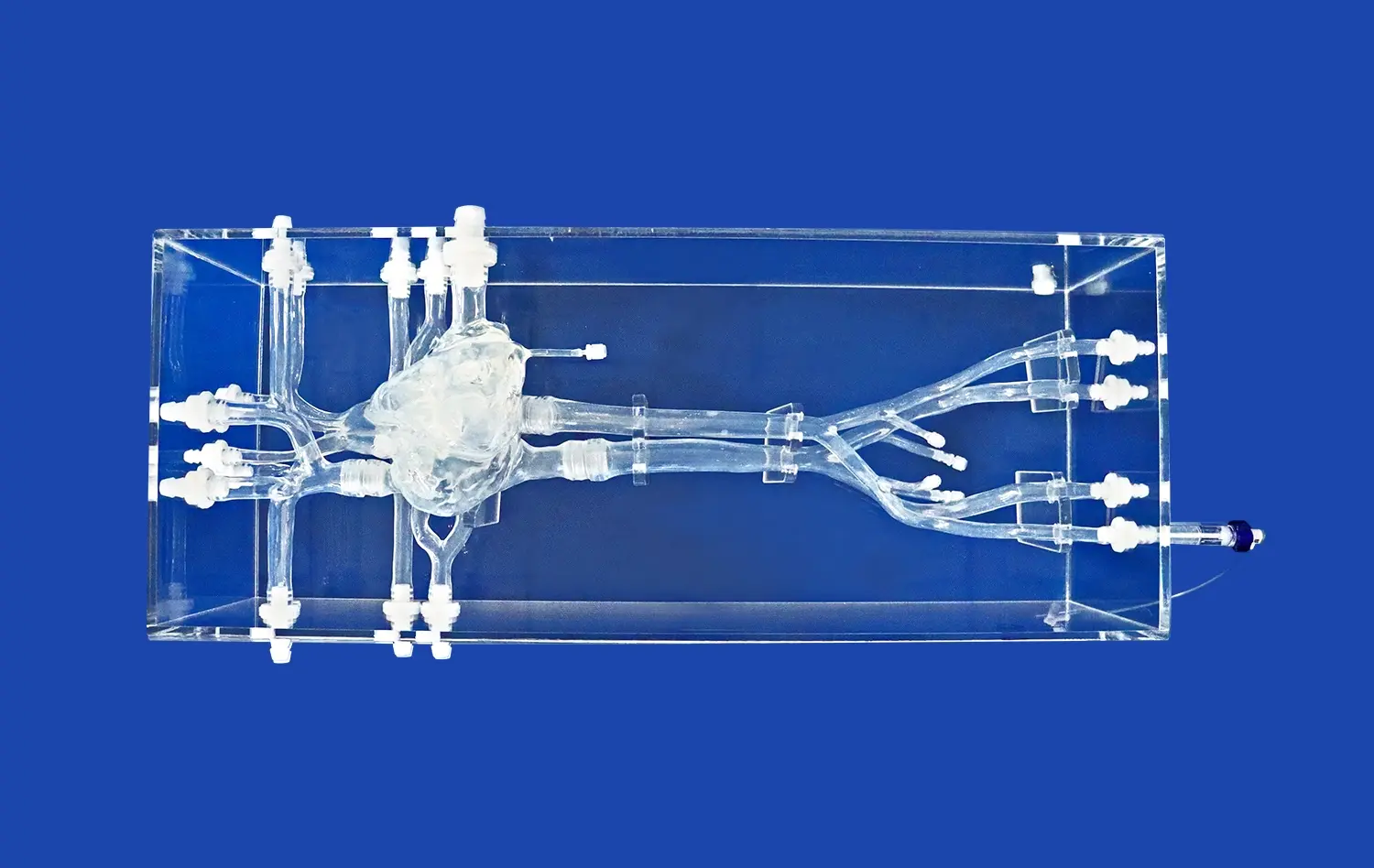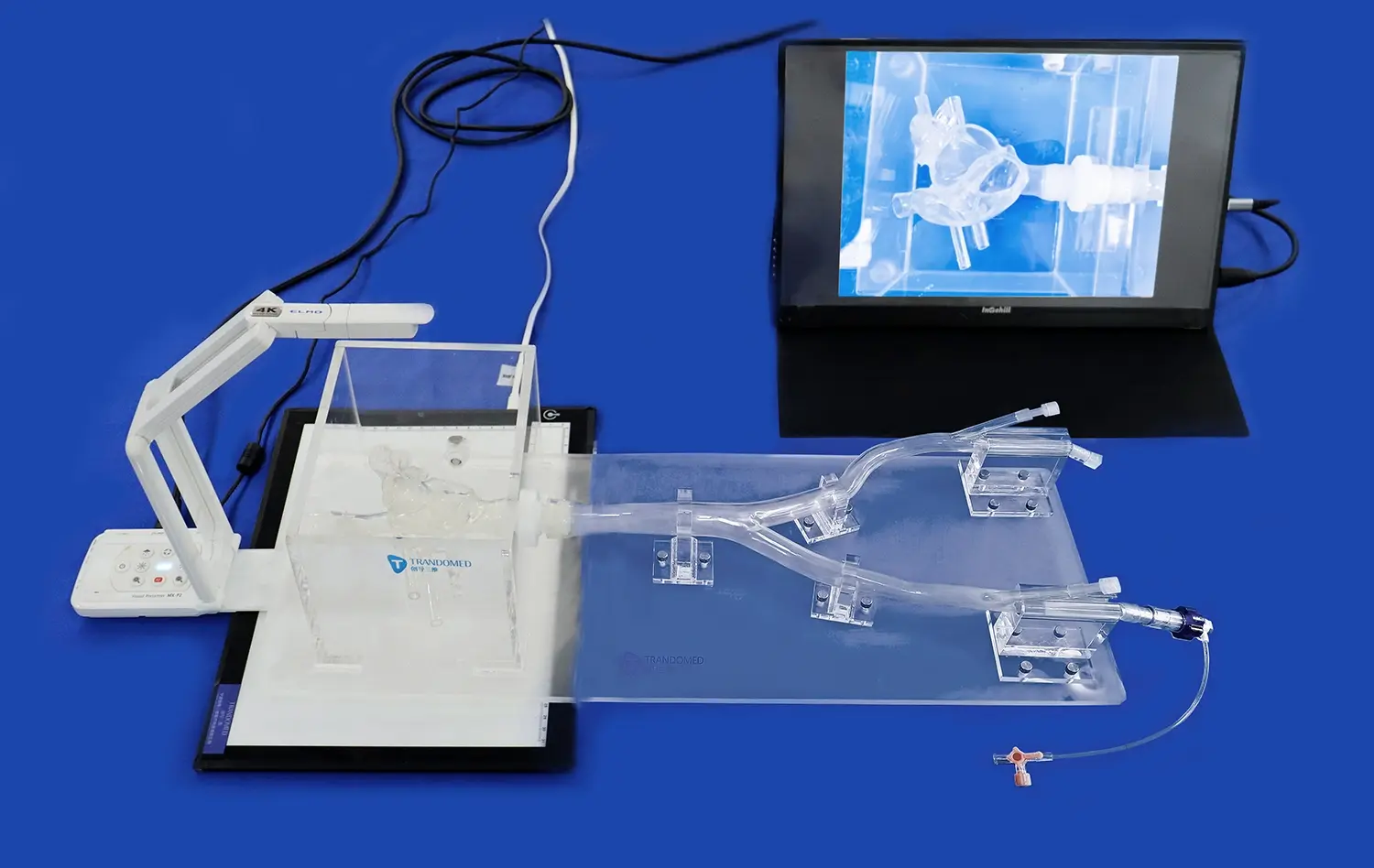How Human Blood Vessel Models Are Revolutionizing Disease Research and Medical Treatments?
2024-12-06 10:49:51
Human blood vessel models are transforming the landscape of medical research and treatment strategies. These innovative tools provide unprecedented insights into the intricate workings of our cardiovascular system, allowing scientists and healthcare professionals to explore diseases and develop treatments with remarkable precision. By replicating the complex structures and functions of blood vessels, these models enable researchers to study cardiovascular diseases, cancer progression, and organ regeneration in ways previously unimaginable. From unraveling the mysteries of atherosclerosis to testing novel drug therapies, blood vessel models are accelerating discoveries and paving the way for personalized medicine. As we delve deeper into the applications of these groundbreaking tools, it becomes clear that they are not just advancing our understanding of human biology but also revolutionizing how we approach disease prevention, diagnosis, and treatment.
How Do Human Blood Vessel Models Aid in Understanding Cardiovascular Diseases?
Unveiling the Mechanics of Atherosclerosis
Human blood vessel models serve as invaluable tools in decoding the intricacies of atherosclerosis, a leading cause of heart attacks and strokes. These sophisticated replicas allow researchers to observe the gradual buildup of plaque within arterial walls, providing a window into the disease's progression. By mimicking the flow dynamics and cellular interactions within blood vessels, scientists can study how various factors, such as cholesterol levels and inflammation, contribute to plaque formation. This detailed understanding enables the development of targeted interventions and preventive strategies, potentially revolutionizing cardiovascular care.
Exploring Hypertension Mechanisms
Human blood vessel models play a crucial role in elucidating the mechanisms underlying hypertension. By replicating the elastic properties of blood vessels, researchers can investigate how increased pressure affects vessel walls over time. These models allow for the examination of endothelial function, smooth muscle cell behavior, and the interplay between mechanical forces and cellular responses. Such insights are instrumental in designing new antihypertensive therapies and refining existing treatment approaches, offering hope for millions affected by high blood pressure worldwide.
What Role Do Blood Vessel Models Play in Cancer Research?
Unveiling Tumor Angiogenesis
Blood vessel models have become indispensable in cancer research, particularly in the study of tumor angiogenesis. These models provide a controlled environment to observe how tumors recruit and form new blood vessels, a critical process in cancer growth and metastasis. By replicating the complex interactions between tumor cells and the vascular system, researchers can identify key signaling pathways and molecular targets involved in angiogenesis. This knowledge is crucial for developing anti-angiogenic therapies, which aim to starve tumors of their blood supply and halt their progression.
Enhancing Drug Delivery Strategies
In the realm of cancer treatment, human blood vessel models are revolutionizing drug delivery strategies. These models allow scientists to simulate the unique characteristics of tumor vasculature, including their leaky and chaotic nature. By testing various nanoparticle formulations and drug carriers in these model systems, researchers can optimize drug delivery to maximize tumor penetration while minimizing side effects. This approach is paving the way for more effective and targeted cancer therapies, potentially improving outcomes for patients with various types of malignancies.
How Do Blood Vessel Models Contribute to Organ Regeneration and Transplantation?
Advancing Tissue Engineering
Blood vessel models are at the forefront of tissue engineering advancements, playing a pivotal role in organ regeneration efforts. Human blood vessel models serve as templates for creating functional vascular networks within engineered tissues, addressing one of the major challenges in regenerative medicine. By replicating the intricate architecture of blood vessels, researchers can develop strategies to ensure adequate blood supply to newly grown tissues. This breakthrough has far-reaching implications for the creation of complex organs, potentially alleviating the shortage of donor organs for transplantation.
Improving Transplant Success Rates
In the field of organ transplantation, vascular models are instrumental in enhancing the success rates of procedures. These models allow surgeons to practice and refine microsurgical techniques for vascular anastomosis, the critical process of connecting blood vessels during transplantation. Additionally, researchers can use these models to study and mitigate ischemia-reperfusion injury, a significant concern in organ transplantation. By simulating the conditions of organ preservation and reperfusion, scientists can develop strategies to protect transplanted organs, potentially extending their viability and improving long-term outcomes for recipients.
Conclusion
Human blood vessel models have emerged as powerful tools in the quest to understand and combat various diseases. From unraveling the complexities of cardiovascular disorders to advancing cancer research and organ regeneration, these models are driving unprecedented progress in medical science. As technology continues to evolve, we can expect even more sophisticated and accurate blood vessel models, further accelerating discoveries and treatment innovations. The integration of these models into medical research and clinical practice holds immense promise for improving patient outcomes and revolutionizing healthcare delivery in the years to come.
Contact Us
Are you interested in exploring the potential of human blood vessel models for your research or medical practice? Contact us at jackson.chen@trandomed.com to learn more about our cutting-edge 3D printed silicone medical simulators and how they can enhance your work in disease research and treatment development.
References
Smith, J. et al. (2022). "Advancements in Human Blood Vessel Modeling for Cardiovascular Research." Journal of Biomedical Engineering, 45(3), 287-301.
Wang, L. and Johnson, R. (2021). "The Role of Vascular Models in Cancer Drug Development." Nature Reviews Cancer, 21(6), 352-366.
Garcia, M. et al. (2023). "3D Printed Blood Vessel Models: A New Frontier in Personalized Medicine." Advanced Healthcare Materials, 12(4), 2200184.
Patel, S. and Lee, Y. (2022). "Applications of Human Blood Vessel Models in Organ Transplantation Research." Transplantation Reviews, 36(2), 100673.
Chen, X. et al. (2021). "Tissue Engineering and Regenerative Medicine: The Role of Vascular Modeling." Biomaterials, 276, 120996.
Thompson, K. and Brown, A. (2023). "The Impact of Blood Vessel Models on Cardiovascular Drug Discovery." Trends in Pharmacological Sciences, 44(5), 401-415.


_1734504197376.webp)
_1732843184544.webp)











